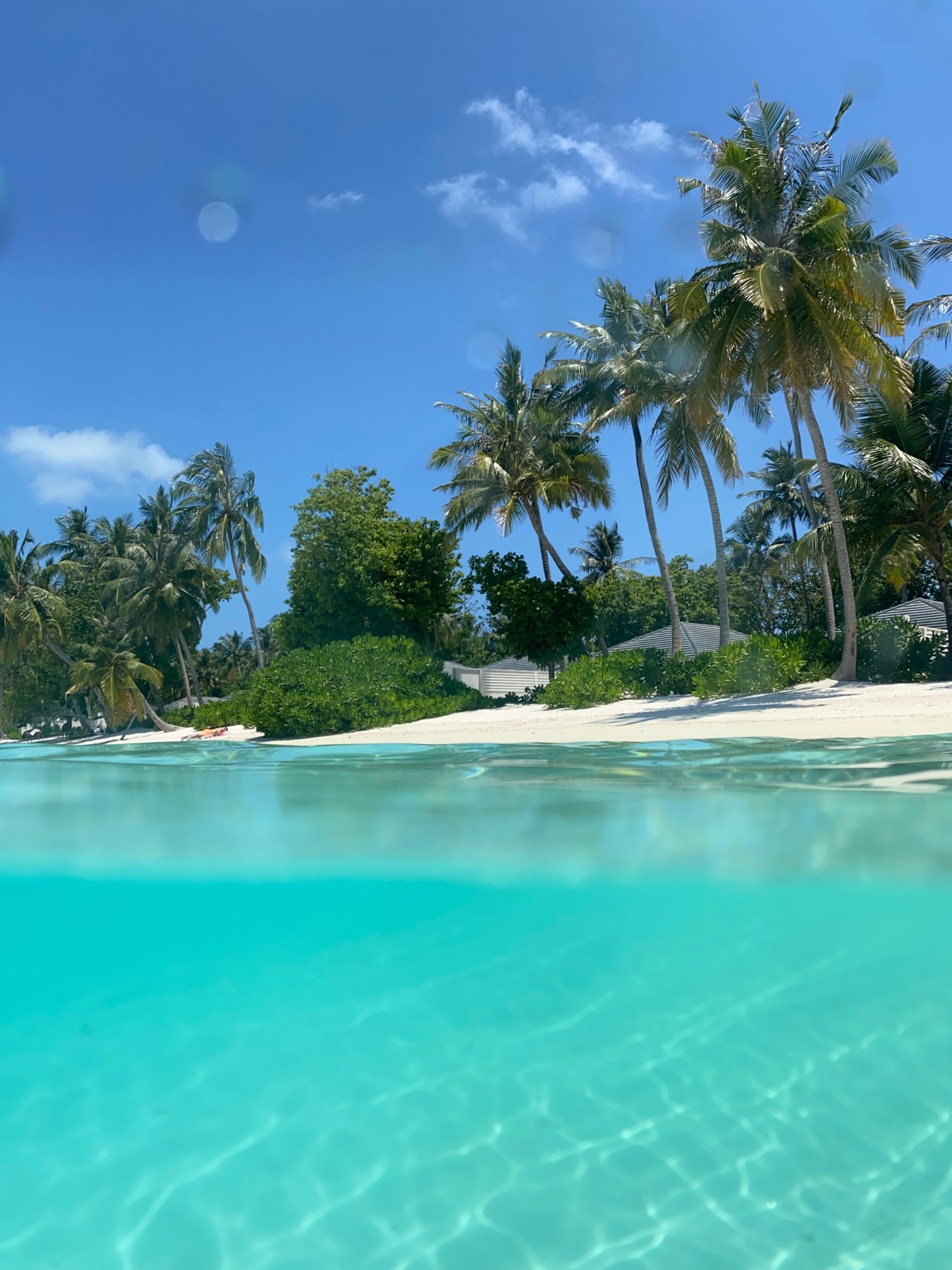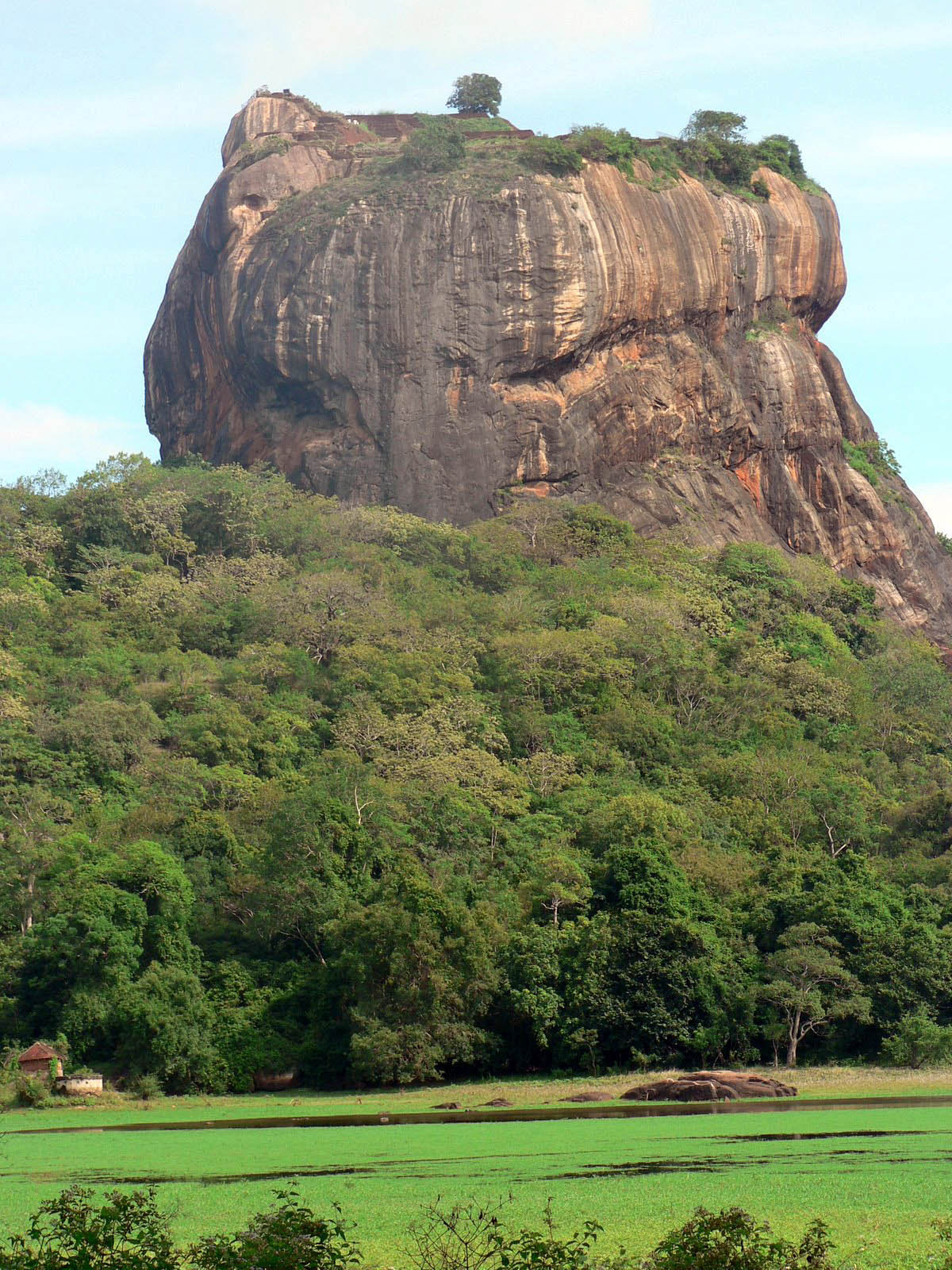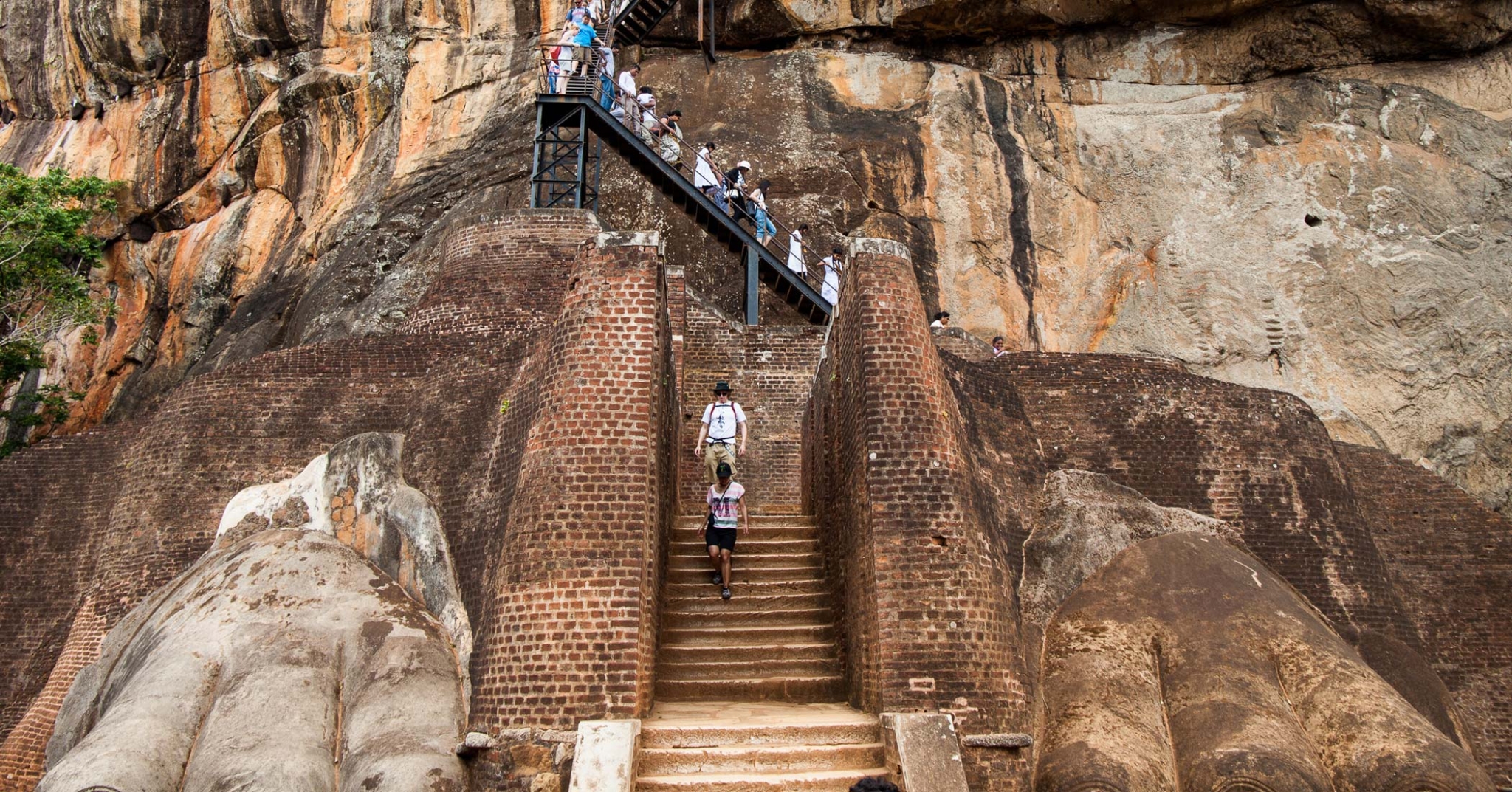From Ancient Buddhism to Mughal Splendor
Embark on a spiritual journey from Sri Lanka's sacred Buddhist heritage to India's magnificent Taj Mahal. Discover the artistic connections between ancient Ceylon and the Mughal Empire.



Embark on a spiritual journey from Sri Lanka's sacred Buddhist heritage to India's magnificent Taj Mahal. Discover the artistic connections between ancient Ceylon and the Mughal Empire.



Discover the profound connections between Sri Lankan Buddhist artistry and Indian Mughal craftsmanship, where ancient wisdom meets imperial grandeur in a celebration of South Asian cultural heritage.
Temple of the Tooth, Anuradhapura, and Polonnaruwa showcase 2,500 years of Buddhist architectural evolution, reflecting the same spiritual devotion found in India's sacred spaces.
The Taj Mahal and Agra Fort represent the pinnacle of Indo-Islamic architecture, featuring intricate marble work and geometric patterns that echo ancient artistic traditions.
Both cultures celebrate the divine through art, architecture, and ritual, creating sacred spaces that transcend religious boundaries and speak to universal human aspirations.
Choose from 75 carefully crafted packages across 15 exciting themes

7-day journey from Sri Lanka's ancient Buddhist temples to India's magnificent Mughal monuments. Experience Sigiriya, Temple of the Tooth, Taj Mahal, and Agra Fort with expert guides.

10-day premium experience combining Sri Lankan Ayurveda, Buddhist meditation, and Mughal architectural marvels. Stay in palace hotels and luxury resorts.

12-day specialized photography tour capturing the golden light of Sigiriya, vibrant Buddhist ceremonies, and the ethereal beauty of the Taj Mahal at sunrise and sunset.
Experience luxury across 10 hotel categories in both Sri Lanka and Agra
Heritage properties with regal charm
Oceanfront luxury in Sri Lanka
Scenic mountain escapes
City center premium hotels
Sustainable luxury accommodations
Ayurveda and spa retreats
Intimate luxury properties
Wildlife viewing luxury tents
International luxury chains
Historic buildings with modern luxury
Discover the most sacred and spectacular sites across both destinations
Ancient royal citadel rising 200 meters above the jungle, featuring stunning frescoes, mirror walls, and magnificent lion's paws carved from stone. UNESCO World Heritage site showcasing 5th-century architectural brilliance.
Sri Lanka's most sacred Buddhist temple in Kandy, housing the tooth relic of Lord Buddha. Experience evening puja ceremonies, traditional drumming, and golden architecture reflecting centuries of devotion.
First capital of Sri Lanka (377 BC - 1017 AD) featuring massive dagobas, ancient monasteries, and the sacred Bodhi Tree grown from a cutting of the Buddha's enlightenment tree.
Medieval capital showcasing Sinhalese architecture at its peak, including the Gal Vihara rock sculptures, Royal Palace ruins, and beautifully preserved stone carvings.
17th-century fortified city built by Portuguese and expanded by Dutch, featuring colonial architecture, boutique hotels, art galleries, and stunning ocean views.
Eternal symbol of love built by Emperor Shah Jahan, featuring white Makrana marble, precious stone inlay work, and perfect symmetry. Experience sunrise and sunset visits for magical lighting effects.
Massive red sandstone fortress serving as Mughal royal residence, featuring palaces, mosques, and gardens. Witness Shah Jahan's imprisonment chambers with views of the Taj Mahal.
Ghost city built by Akbar, showcasing Indo-Islamic architecture with Buland Darwaza (Victory Gate), Jama Masjid, and Panch Mahal. Perfectly preserved Mughal urban planning.
Charbagh gardens across Yamuna River offering perfect Taj Mahal sunset views. Originally designed as integral part of Taj complex, featuring geometric layouts and cypress trees.
Exquisite marble mausoleum known as "Baby Taj," featuring intricate pietra dura inlay work and delicate lattice screens. Predecessor to Taj Mahal's architectural style.
Meetings, Incentives, Conferences & Exhibitions in Historic Settings
Executive conferences in palace hotels and heritage properties with state-of-the-art facilities.
Reward top performers with exclusive cultural experiences and luxury accommodations.
World-class conference facilities with cultural heritage as backdrop.
Showcase products in unique venues combining business with cultural immersion.
Former royal residences converted to luxury hotels with grand ballrooms, landscaped gardens, and authentic Sri Lankan hospitality for memorable corporate events.
Historic properties near Taj Mahal offering unique meeting spaces with Mughal architecture, marble halls, and garden courtyards for extraordinary conferences.
Private morning access to Taj Mahal, evening receptions at Agra Fort, and sunrise ceremonies at Sigiriya for unforgettable corporate experiences.
Comprehensive guides to enhance your cultural journey
Sri Lanka, formerly Ceylon, stands as a jewel in the Indian Ocean where ancient Buddhist civilization flourished for over 2,500 years. This teardrop-shaped island nation offers travelers an extraordinary journey through time, from the ancient capitals of Anuradhapura and Polonnaruwa to the colonial elegance of Galle and the sacred hills of Kandy.
The island's Buddhist heritage runs deep, with the arrival of Buddhism in 307 BC marking the beginning of a continuous tradition that shapes Sri Lankan culture today. The Temple of the Sacred Tooth Relic in Kandy houses Buddhism's most precious artifact, while ancient dagobas (stupas) dot the landscape as silent witnesses to devotional architecture that influenced temple design across Asia.
Sigiriya, the 5th-century rock fortress, represents the pinnacle of ancient Sinhalese urban planning and artistic achievement. Rising 200 meters above the surrounding plains, this UNESCO World Heritage site showcases sophisticated hydraulic engineering, stunning frescoes of celestial maidens, and the famous Mirror Wall covered in ancient graffiti - perhaps the world's oldest guest book.
The artistic and architectural traditions of Sri Lanka share profound connections with Indian civilization. Buddhist art forms, stone carving techniques, and temple architecture evolved from common Indo-Buddhist roots. The intricate stone work at Polonnaruwa's Gal Vihara and the sophisticated engineering of ancient irrigation systems reflect the same mathematical precision and aesthetic sensibility found in Indian temple architecture.
Sri Lankan craftspeople perfected techniques in gem cutting, metalwork, and textile arts that complemented similar traditions in India. The island's position on ancient maritime trade routes meant constant cultural exchange, with artistic influences flowing in both directions across the Palk Strait.
Today's Sri Lanka seamlessly blends ancient wisdom with modern hospitality. Visitors can participate in meditation retreats at forest monasteries, witness traditional Kandyan dance performances, experience Ayurvedic healing treatments, and explore spice gardens that perfumed the ancient world. The warmth of Sri Lankan hospitality, combined with the island's spiritual atmosphere, creates an ideal preparation for the grandeur awaiting in Agra's Mughal monuments.
Agra, once the capital of the mighty Mughal Empire, stands as testament to one of history's greatest architectural achievements. This city on the banks of the Yamuna River witnessed the flowering of Indo-Islamic art under emperors Akbar, Jahangir, and Shah Jahan, culminating in the creation of the Taj Mahal - universally recognized as the pinnacle of Mughal architecture.
The Mughal period (1526-1857) represented a unique synthesis of Persian, Central Asian, and Indian artistic traditions. Skilled craftsmen from across the empire, including present-day Afghanistan, Iran, Turkey, and India, collaborated to create architectural marvels that combined Islamic geometric principles with Hindu decorative arts and local building techniques.
The Taj Mahal, completed in 1653, required 22 years of construction involving over 20,000 artisans. This mausoleum built by Shah Jahan for his beloved wife Mumtaz Mahal showcases perfectionist attention to detail - from the precise mathematical proportions to the intricate pietra dura inlay work using precious and semi-precious stones from across Asia.
Agra Fort, the red sandstone fortress, demonstrates Mughal military architecture while serving as a luxurious royal residence. Its palaces showcase the evolution of Mughal style from Akbar's robust Indo-Islamic fusion to Shah Jahan's refined marble elegance. The fort's Diwan-i-Khas (Hall of Private Audience) and Musamman Burj offer intimate views of the Taj Mahal.
Fatehpur Sikri, Akbar's planned capital city, represents Mughal urban planning at its finest. This ghost city, abandoned due to water scarcity, preserves perfect examples of Mughal architecture including the massive Buland Darwaza and the elegant Panch Mahal with its five-story pavilion design.
The Mughal court fostered an unprecedented cultural synthesis. Persian poetry flourished alongside Hindi literature, Hindustani music evolved from classical Indian and Persian traditions, and Mughal painting combined Persian miniature techniques with Indian naturalism. This cultural fusion created a distinctly Indian Islamic civilization.
Today's Agra preserves this rich heritage through traditional crafts including marble inlay work, carpet weaving, and leatherwork that continue techniques perfected during the Mughal period. Visitors can witness artisans creating intricate pietra dura work similar to that adorning the Taj Mahal, maintaining living connections to this golden age of Indian art.
Plan your sacred journey with our experienced travel consultants
+91-9999044632
delhi@anantagroup.com
24/7 Support Available
Specialized in North India heritage tours and Taj Mahal experiences
+91-9355056666
bangalore@anantagroup.com
Mon-Sat 9 AM - 8 PM
South India operations and Sri Lanka travel coordination
+91-9990915666
patna@anantagroup.com
Mon-Sat 10 AM - 7 PM
Regional expertise in Buddhist heritage circuits